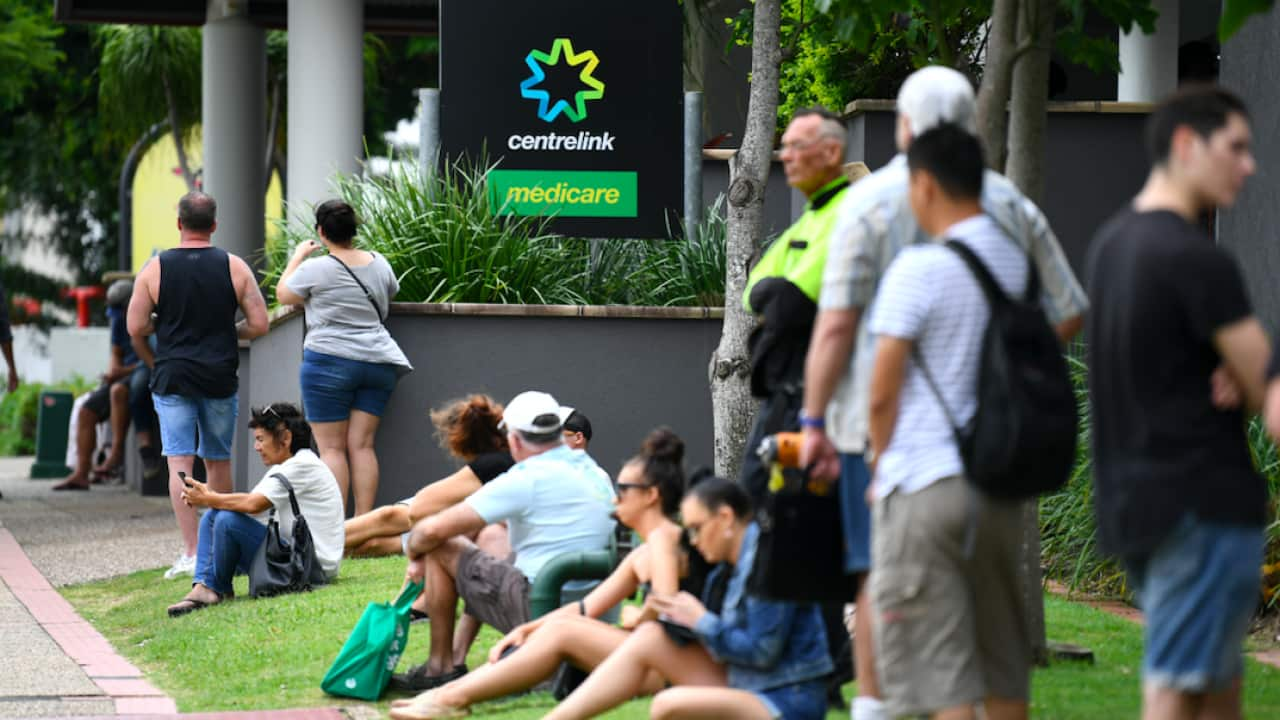Despite greater levels of education and experience, recent migrants earn less today than they did a decade ago, .
The guidebook says while the COVID-19 crisis has highlighted the importance of migrant workers to the Australian economy, the role they play in the jobs market is poorly understood.
Benoit Leblond holds a master's in law from his home country of France, and first came to Australia in 2014 on a short-term sponsored visa.
He then moved on to a working holiday visa before being offered a sponsored visa to work in the hospitality sector in Sydney.
While working in hospitality, he began to suspect the hours he was being rostered to work were not legally appropriate in line with his visa conditions and minimum wage.
"I was stuck because of the visa situation, you’re not really allowed to leave, you’re not really allowed to find a job with higher pay or better quality because of the conditions of the visa ... it became very daunting," he said.
"Being on a visa, you always have that burden on your shoulder that you can’t do anything about it, because if you do say something (you could be) sent back home."
"It’s on everybody’s mind who is in that visa situation."
Mr Leblond is no longer working for the business, and eventually sought legal assistance regarding his working conditions.
He says experiences like his are commonplace amongst working migrants.
"It happens to everybody who is here on a short-term visa, whether it’s a working holiday or work visa. When immigration asks for regional work to extend your visa, this happens quite a lot," he said.
"People are exploited in farms or hospitality, and that’s social dumping. I was paid $400 a week in regional Queensland for 40 hours of work."
The report — 'Migrants in the Australian workforce: A guidebook for policy makers' — was released this week. It maps what visas migrants hold, what skills they have, where they work, and what they earn.
Its authors said the guidebook seeks to fill the 'knowledge gap' about the role of migrant workers in the Australian job market "so policymakers can reform the system to supercharge the economic benefits of migration to Australians."
One in three workers in Australia were born overseas, and one in five holds either a temporary or permanent visa, the report said.
The report said Australia’s permanent migration program has become more skills-based in recent decades, with people who received a permanent visa after 2000 making up 12 per cent of the Australian workforce.
"Skilled migrants in particular tend to be younger, higher-skilled, and earn higher incomes than the typical Australian, " the report said.
"Migrants are also increasingly likely to be highly educated. About half of migrants have a bachelor or postgraduate education when they arrive, and many more gain university-level qualifications during their time in Australia."
However, the report found that migrants who had arrived in Australia in the past five years tended to work fewer hours and earn less than they did 10 years ago. This reflected the fact that a larger number of recent arrivals came to Australia to study.
Professional and health services employed large numbers of permanent skilled and family visa-holders, who typically earned high wages in higher-skilled roles.
Sectors such as hospitality rely much more on temporary migrants, especially international students, to fill less-skilled jobs at low wages, the report said.
"Recent research tends to suggest migration has had little impact overall on the wages of incumbent Australian workers. However, concentrated inflows of migrants into particular sectors can put downward pressure on the wages of Australian workers with similar skills."
The report found that many migrants who start out in regional Australia – often as a condition of their visa – do not stay there long.
"More than a quarter of recent arrivals who were living in regional and remote areas in 2011 had moved to major cities by 2016, compared to about 10 per cent for people born in Australia."
Temporary migrants make up 7 per cent of the Australian workforce.
Some temporary visa-holders, including working holiday makers and many international students, tend to work in less-skilled jobs earning low wages, the report said.
"Skilled migrants tend to be younger, higher-skilled, and earn higher incomes than the typical Australian. Family visa-holders work at similar rates to people born in Australia, while humanitarian visa-holders tend to fare worse."
Grattan Institute Senior Associate Will Mackey said the decrease in income for newly arrived migrants could be partially explained by large numbers of international students in the last decade, many of whom either did not work or worked part-time hours.
"For temporary skilled migrants, this group has seen no growth in their wages over the last decade,
“That’s a real problem. This group has seen their average wages completely flat over the past decade. At the same time, the rest of the Australian population has seen their wages rise, on average, about 20 per cent.”
"‘These details matter to the way we run the migration program in Australia."





